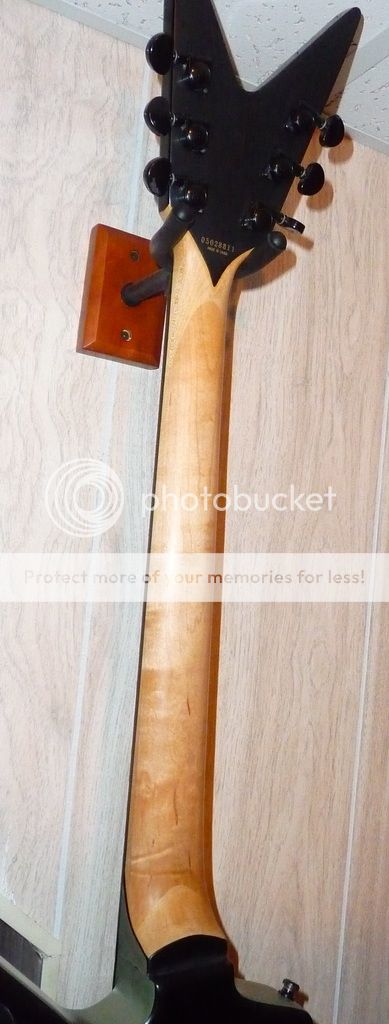Just for clarification, I have a question for you guys who are putting tung oil on your necks: Are you using true tung oil, or something like Formby's Tung Oil Finish?
Actual 100% tung oil can provide a durable film finish, but it's typically very slow to cure. A very low percentage of woodworkers use the pure stuff. Products like the Formby's "Tung Oil Finish" or Minwax Antique Oil are actually an oil/varnish blend that may or may not have any actual tung oil in it, but they cure much more quickly and are easier to get a good-looking finished product with. The end result looks like a tung oil finish, but it's not really an oil finish in the true sense of the word. These products do have oil (which will soak into the wood and can "pop" the grain and make the wood look good), but the varnish forms a protective film finish on the surface of the wood in just a few coats.
Products like boiled linseed oil or Tru-Oil (which is also just linseed oil with their own combination of dryers) are a true "oil finish", but they are hardening oils, which means if you put enough coats on a piece of wood, the oil will also form a film finish on the wood surface.
Then there are non-hardening oils like mineral oil. It's great for cutting boards, but I don't think I'd use it on any of my guitars.


